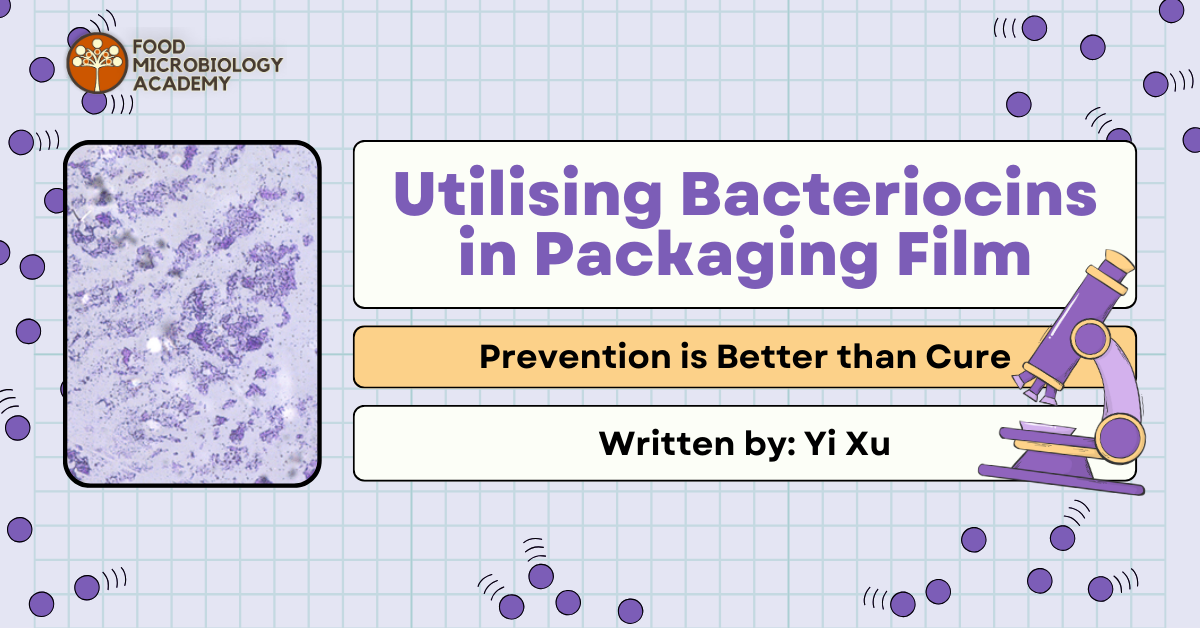Utilising Bacteriocins in Packaging Film: Prevention is Better than Cure
Food spoilage is a significant concern in the food industry, leading to waste and potential health risks. One innovative solution to this problem is the use of bacteriocins in packaging films. Bacteriocins are natural antimicrobial peptides produced by bacteria, and they have shown great promise in preventing food spoilage by inhibiting the growth of harmful bacteria. This article explores how bacteriocins can be effectively incorporated into packaging films to enhance food safety and extend shelf life. Bacteriocins as a Preventive Measure Bacteriocins are a group of antimicrobial peptides that are produced by bacteria and are capable of killing or inhibiting the growth of other bacterial species. They have been traditionally used as natural preservatives in food, but recent research highlights their potential in preventing biofilm formation on abiotic surfaces. The mechanism by which bacteriocins prevent biofilm formation involves disrupting the initial adhesion of bacteria to surfaces, interfering with the communication between bacterial cells (quorum sensing), and directly killing the bacteria before they can establish a biofilm. This preventive approach is particularly advantageous because it targets the biofilm at its earliest stages, making it easier to manage and control. In addition to preventing biofilm formation, bacteriocins have also shown promise in disrupting existing biofilms. They can penetrate the EPS matrix and kill the bacteria within, thereby weakening the biofilm structure and making it easier to remove with conventional cleaning methods. This dual action of preventing biofilm formation and disrupting established biofilms makes bacteriocins a powerful tool in the fight against microbial contamination on abiotic surfaces. Incorporating Bacteriocins into Packaging Films The incorporation of bacteriocins into packaging films involves embedding these antimicrobial peptides into the material used to wrap or coat food products. This can be done using various methods, including: Benefits of Bacteriocin-Infused Packaging Films Challenges and Future Directions While the use of bacteriocins in packaging films holds great promise, there are several challenges that need to be addressed: Conclusion Bacteriocins offer a promising solution for enhancing food safety and extending the shelf life of food products. By incorporating these natural antimicrobial peptides into packaging films, we can reduce food spoilage, minimize the use of chemical preservatives, and improve overall food safety. Continued research and development in this field will help address the challenges and unlock the full potential of bacteriocin-infused packaging films, paving the way for a safer and more sustainable food industry. If you’re interested to know more about innovative solutions in food safety and sustainability, here are some related blogs:






